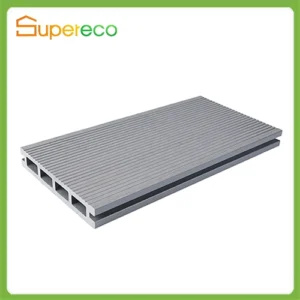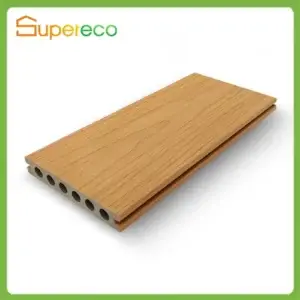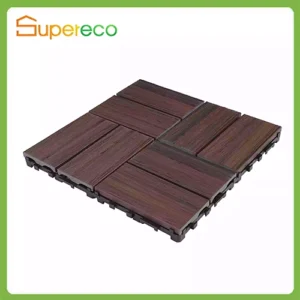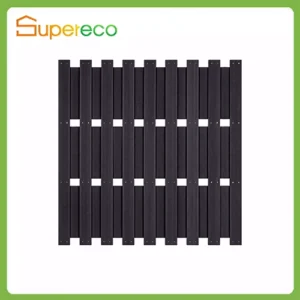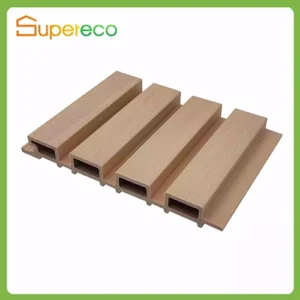Wood-Plastic Composite (WPC) decking has gained tremendous popularity in the commercial sector due to its superior durability, low maintenance, and aesthetic versatility. Combining wood fibers with plastic polymers, WPC decking offers a sustainable and cost-effective alternative to traditional wood. Below are the key commercial applications where outdoor WPC decking is transforming the landscape.
1. Hotels and Resorts
WPC decking is increasingly used in the hospitality industry for creating luxurious and durable outdoor spaces. Key applications include:
Poolside Decking: Hotels and resorts use WPC decking around pools because it’s resistant to water damage, fading, and mold growth. Its slip-resistant surface enhances safety, making it ideal for wet environments.
Garden Areas and Pathways: Outdoor gardens and landscaped pathways in resorts and hotels are ideal for WPC decking. The material blends well with natural surroundings while requiring minimal maintenance.
Event Spaces and Lounges: Many hotels and resorts have outdoor event spaces or lounges where WPC decking serves as a functional and stylish flooring option. It can be customized to match the aesthetic of the venue, providing an attractive yet durable surface for gatherings and events.
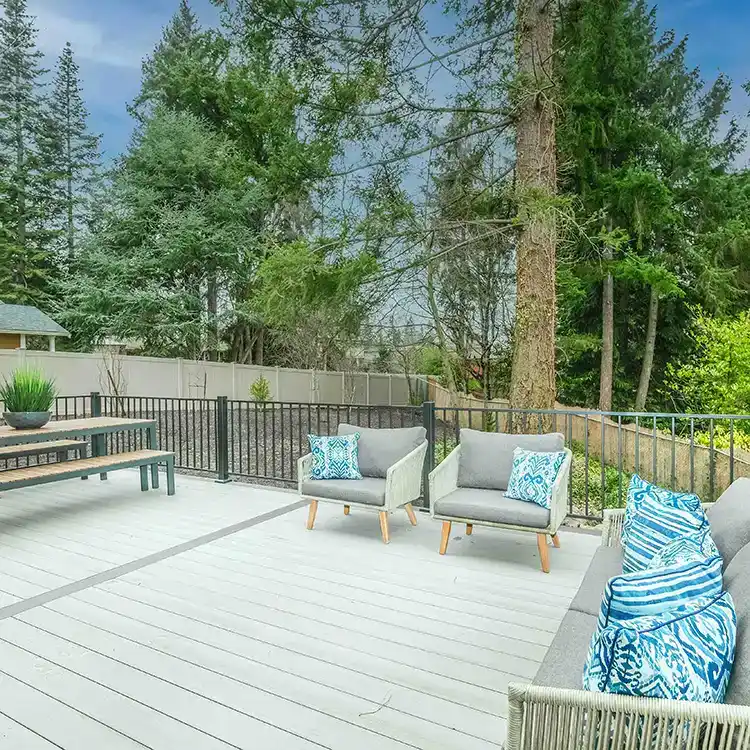
2. Commercial Offices and Retail Spaces
Outdoor spaces at commercial office buildings, shopping malls, and retail outlets can be enhanced with WPC decking to provide both aesthetic appeal and functional durability.
Outdoor Walkways: In shopping malls or large office complexes, WPC decking is used for outdoor walkways. The material is weather-resistant and provides a long-lasting, slip-resistant surface for high-traffic areas.
Outdoor Seating Areas: Retailers and office buildings often use WPC decking to create outdoor seating areas for customers or employees. These spaces can be transformed into comfortable and stylish lounges, providing a relaxing atmosphere for breaks or socializing.
Storefronts and Facades: For retail stores, WPC decking can be used creatively for decorative purposes, enhancing the exterior design. It is often used for stylish entrances, window displays, and as part of outdoor display setups.
3. Restaurants and Cafes
Outdoor dining areas are a vital part of the restaurant business, and WPC decking is the perfect solution for creating functional and beautiful spaces.
Patios and Decking Areas: WPC decking is highly durable and resistant to weather conditions, making it perfect for patios and outdoor dining areas. It can withstand exposure to sunlight, rain, and heavy foot traffic while maintaining its aesthetic appeal.
Decks for Waterfront or Scenic Locations: Restaurants located by the waterfront or with scenic views benefit from WPC decking as it complements the surroundings. The material’s resistance to moisture and fading ensures long-lasting beauty even in humid or coastal environments.
Private Dining Areas and Rooftops: Many restaurants utilize rooftop or private outdoor spaces for dining. WPC decking is ideal for these areas because it doesn’t warp or degrade with exposure to the elements, making it suitable for high-end dining experiences.
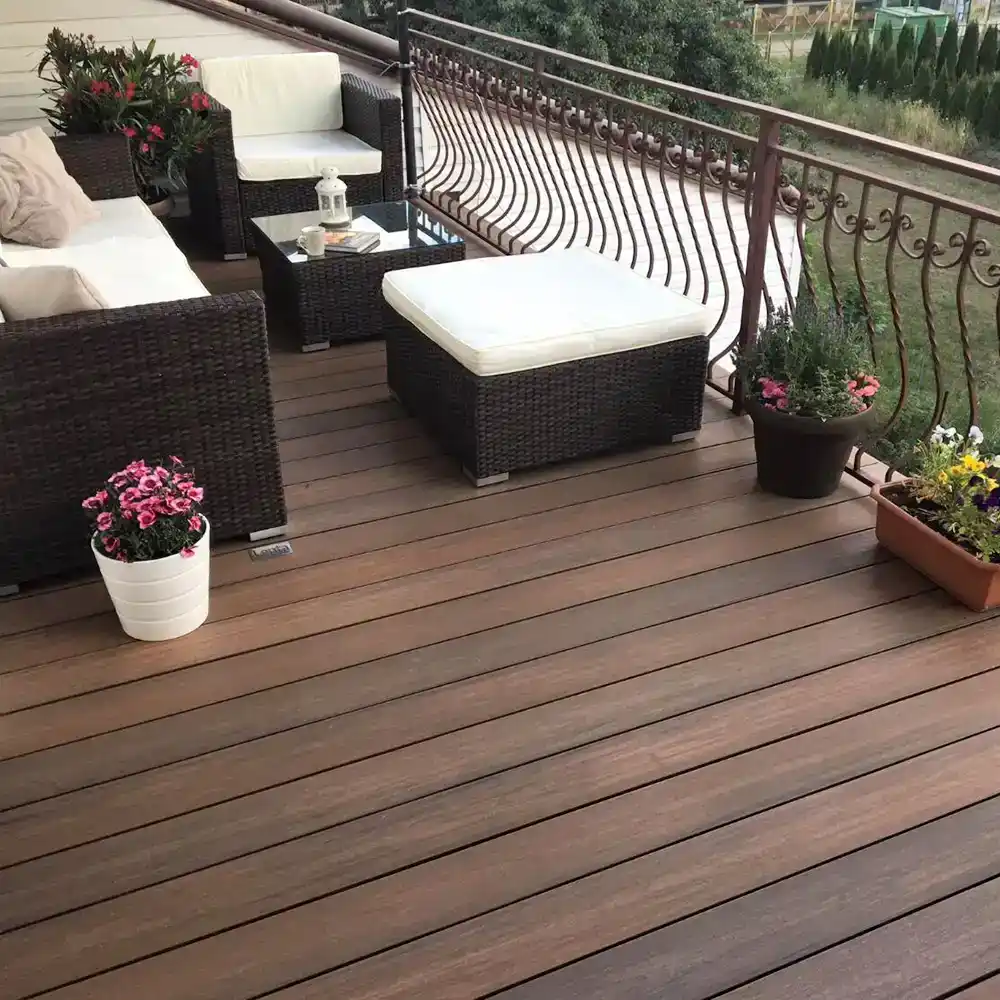
4. Parks and Public Spaces
Public spaces like parks, playgrounds, and recreational areas can be enhanced with WPC decking to create safe, durable, and visually appealing environments.
Playground Decking: WPC decking is used for playgrounds as it offers a safe, slip-resistant surface for children. It’s non-toxic, safe for outdoor use, and highly resistant to moisture, making it ideal for areas exposed to rain or humidity.
Walking Trails and Viewing Decks: In parks and nature reserves, WPC decking is used for building elevated walkways, viewing platforms, and trails. The material’s ability to resist rot and mildew makes it perfect for outdoor environments where exposure to moisture is constant.
Public Decks and Viewing Areas: Many cities are incorporating WPC decking in their public spaces, such as waterfront decks or urban plazas. These areas provide seating or relaxation zones for the public and need materials that can withstand both heavy foot traffic and environmental exposure.
5. Boardwalks and Coastal Areas
Coastal towns and cities are utilizing WPC decking for boardwalks and seaside projects due to its excellent resistance to water and UV damage.
Coastal Walkways and Boardwalks: WPC decking is ideal for boardwalks in coastal areas due to its resistance to saltwater and moisture. Unlike traditional wood, which can warp and degrade, WPC decking maintains its structural integrity even in harsh coastal conditions.
Seaside Decking for Hotels and Resorts: For waterfront resorts and coastal restaurants, WPC decking provides a durable surface that withstands the wear and tear of high foot traffic, salt exposure, and weather extremes.
Marine and Dock Platforms: In marinas or dock areas, WPC decking is used for piers, docks, and boat ramps. The material’s resistance to corrosion and moisture makes it a better alternative to wood and other materials that are prone to decay in saltwater environments.
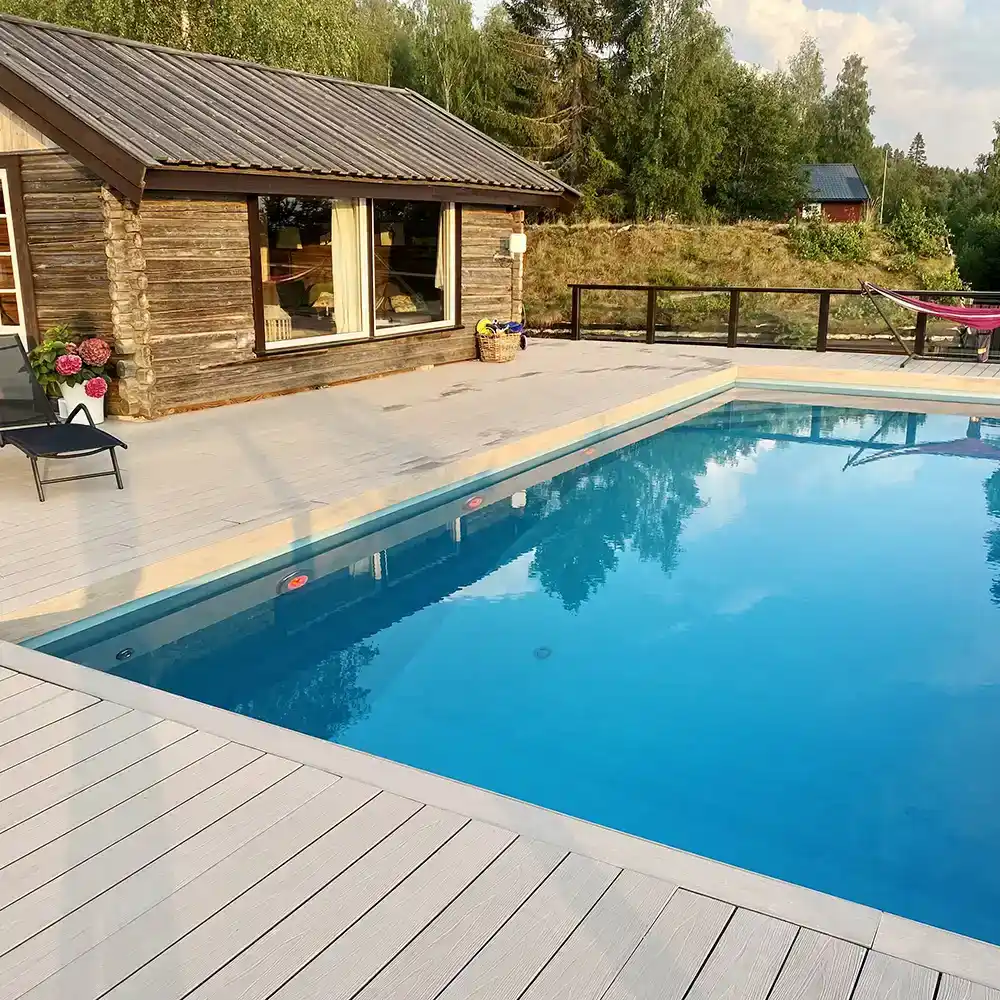
Outdoor WPC decking is quickly becoming a favored material in commercial construction due to its unmatched durability, sustainability, and aesthetic appeal. From hotels and resorts to public spaces and urban infrastructure, its versatility makes it an ideal solution for a wide range of applications. As businesses continue to focus on environmental sustainability, cost-effectiveness, and creating engaging outdoor spaces, WPC decking is poised to play an essential role in shaping the future of commercial landscapes.

